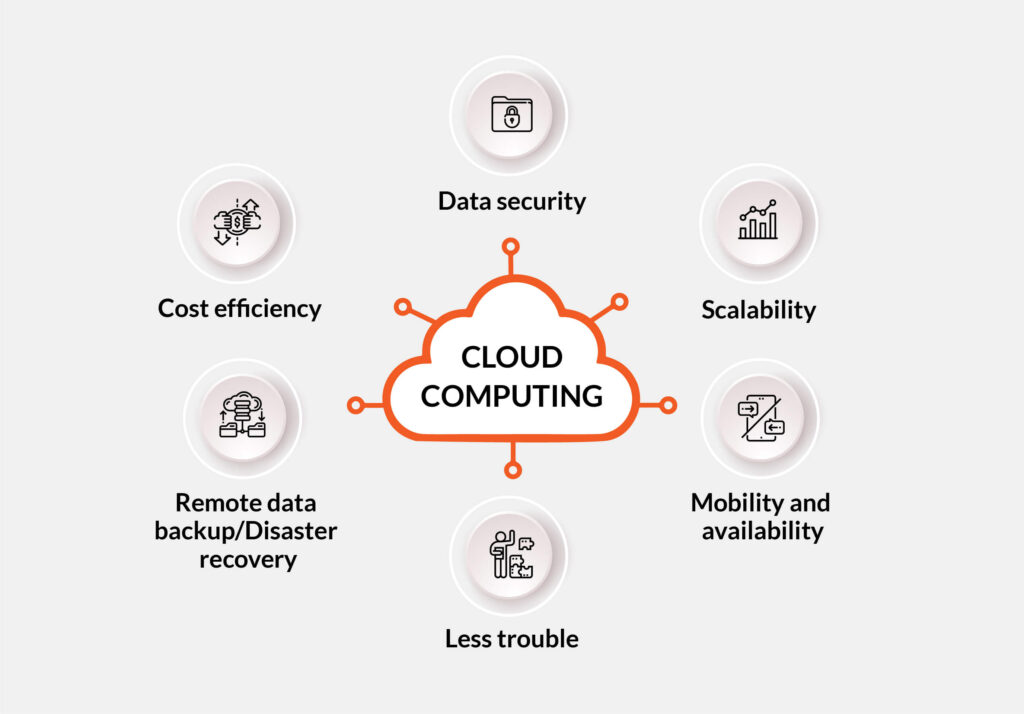The latest breakthrough in quantum processor development by Google has sent shockwaves through the tech world. Google’s Willow chip has not only pushed the boundaries of computational power but has also raised profound questions about our understanding of reality.
Unveiled in early December, the Willow chip’s capabilities are so extraordinary that Google claims they defy the known limits of our universe, challenging the very nature of quantum mechanics and computation.
Google Quantum AI’s founder, Hartmut Neven, made a bold claim that the new processor can perform calculations in five minutes that would take conventional supercomputers 10 septillion years. This assertion goes beyond just processing power.


This astronomical comparison, spanning a timespan longer than the existence of our universe, forces us to reconsider how we view quantum computational advantages over classical systems.
The implications of Willow’s achievements extend beyond traditional benchmarks, hinting at something more profound about the essence of computation itself.
Quantum Processor Development Meets Theoretical Physics
The technical specifications of Willow mark significant milestones in quantum processor development. The chip showcases unparalleled error correction capabilities, maintaining quantum coherence across expanding qubit arrays — a groundbreaking feat in the field.
Published in Nature, these accomplishments are supported by peer-reviewed validation and reproducible results.
However, Google’s interpretation of these achievements warrants careful examination. The assertion that Willow’s performance validates the existence of parallel universes, drawing from the many-worlds interpretation of quantum mechanics, represents a significant leap from technical prowess to theoretical physics.
While the many-worlds interpretation is a respected framework in quantum mechanics, linking it to processor performance metrics demands more evidence and peer review.
Practical Applications vs. Theoretical Implications
The tangible advancements in Willow’s performance deserve recognition for their merit. The strides in error correction and computational speed are concrete steps towards practical quantum computing applications.
These improvements could have a significant impact on fields like drug discovery, materials science, and cryptography, where quantum computing’s advantages align with real-world challenges.
Conversely, the development of quantum processors like Willow raises questions about how we communicate technical accomplishments.
While the performance metrics are impressive, they can be understood within existing quantum mechanical frameworks without implying broader consequences for our understanding of reality.
Emphasizing verifiable technical advancements over theoretical implications that require additional validation may be more beneficial. The technology’s potential to enhance computing capabilities exists without the need for connections to parallel universes or other theoretical constructs.
As quantum processor development progresses, maintaining a clear distinction between measurable achievements and theoretical implications is crucial for evaluating new breakthroughs effectively.
While Google’s mention of parallel universes captures the public’s imagination, the immediate value lies in the chip’s demonstrated capabilities in error correction and processing speed.
(Photo by Google)
See also: Cisco sets its sights on quantum data centres
Want to learn more about cybersecurity and the cloud from industry leaders? Check out Cyber Security & Cloud Expo taking place in Amsterdam, California, and London. Explore other upcoming enterprise technology events and webinars powered by TechForge here.



